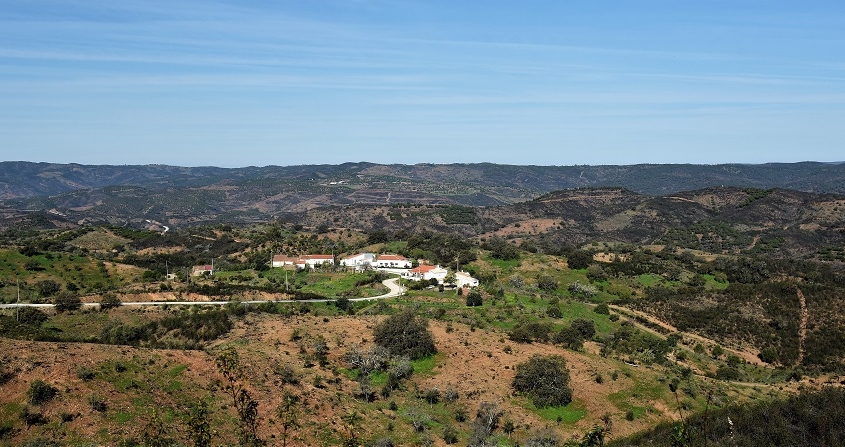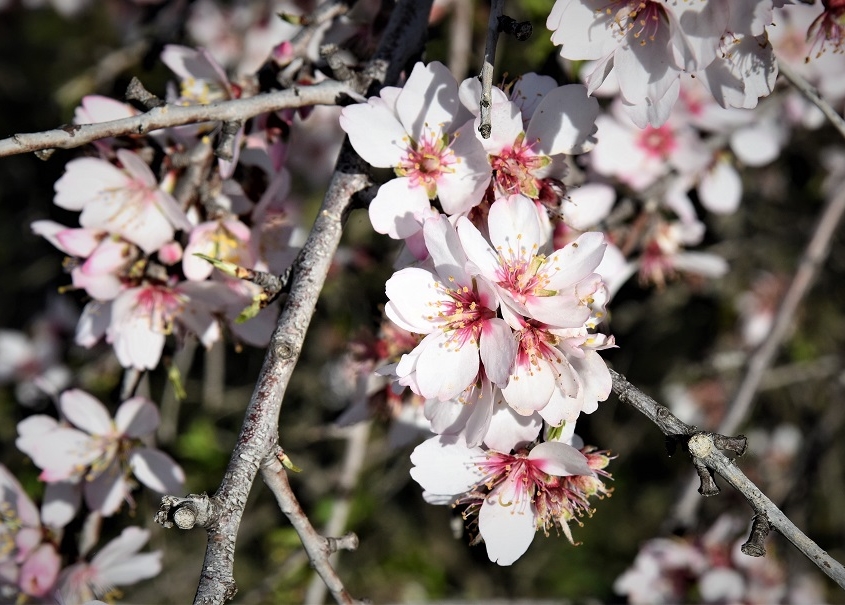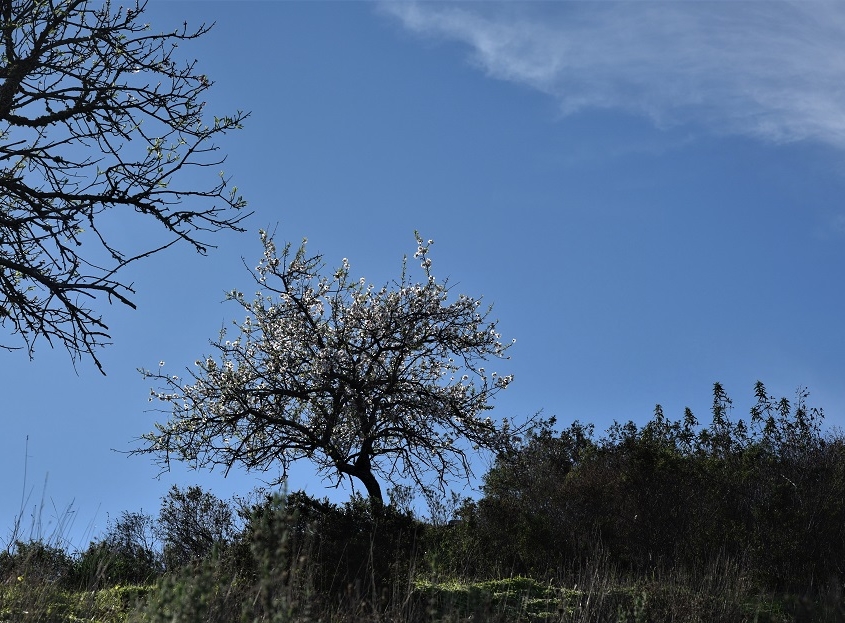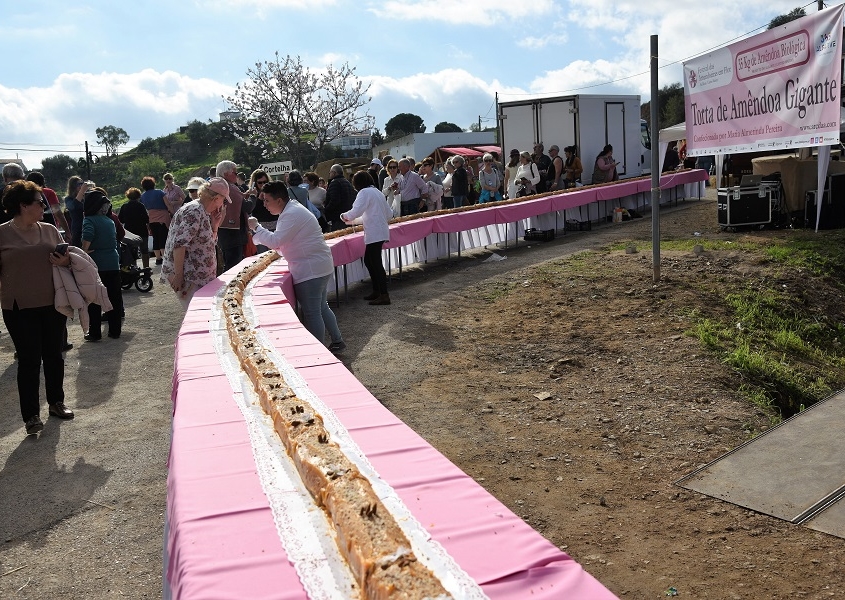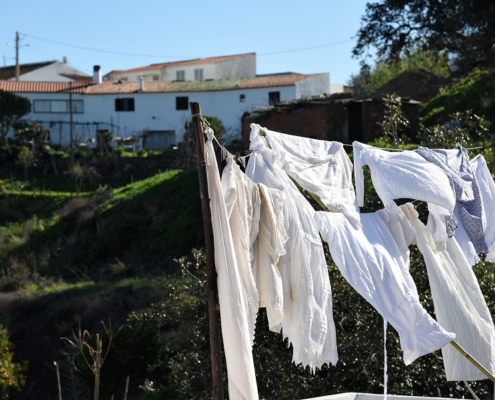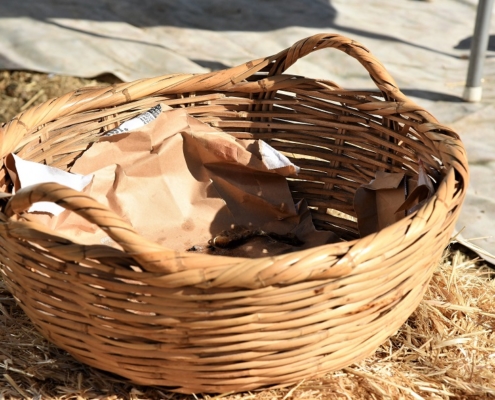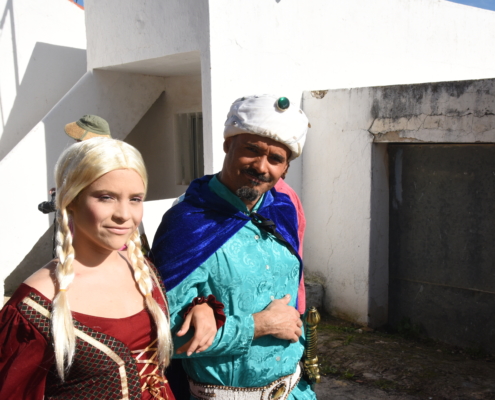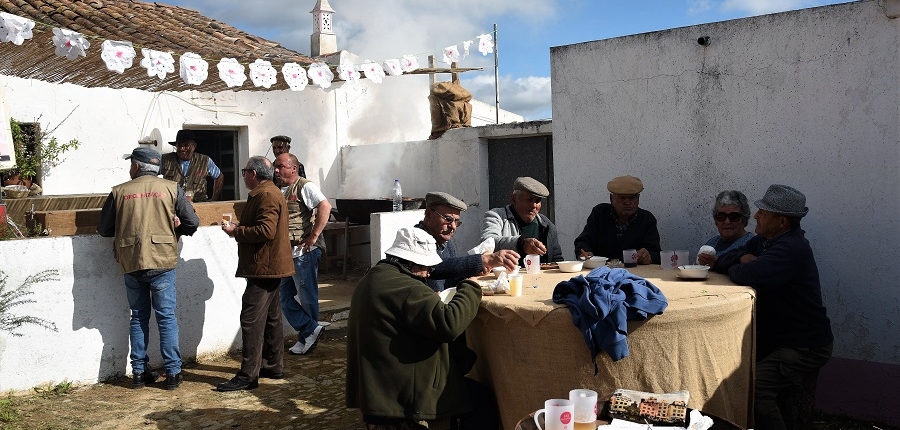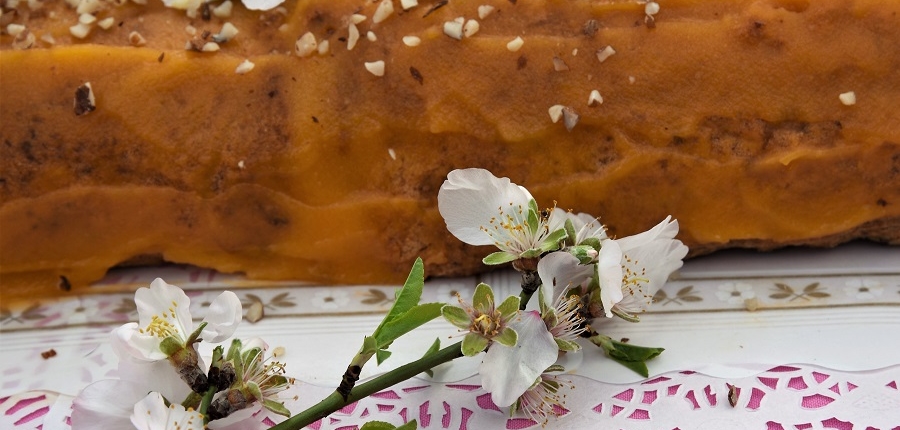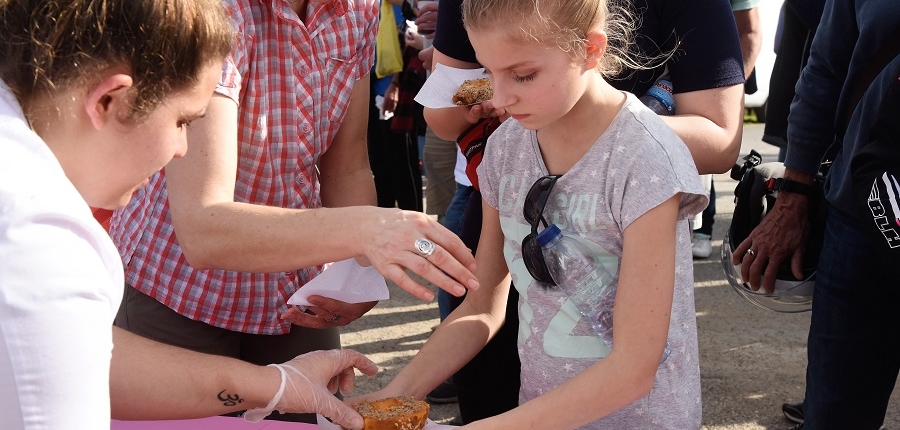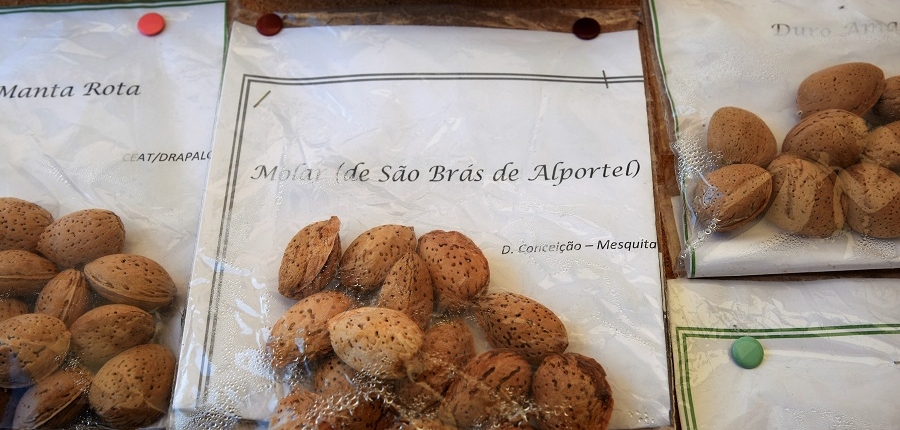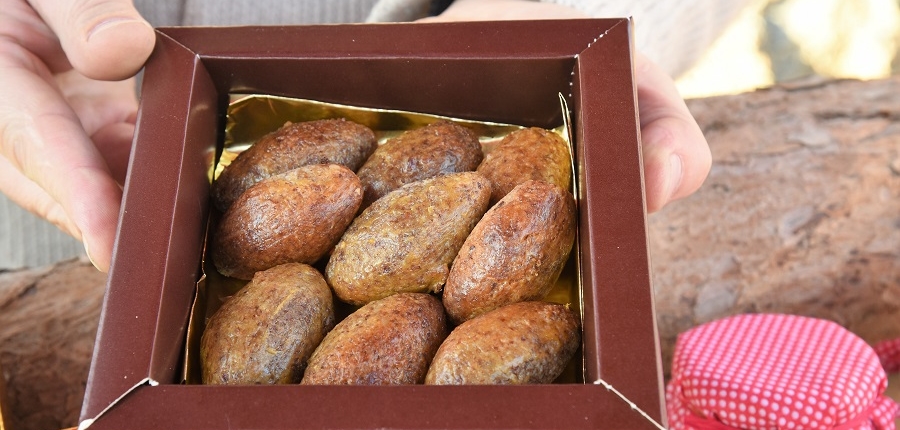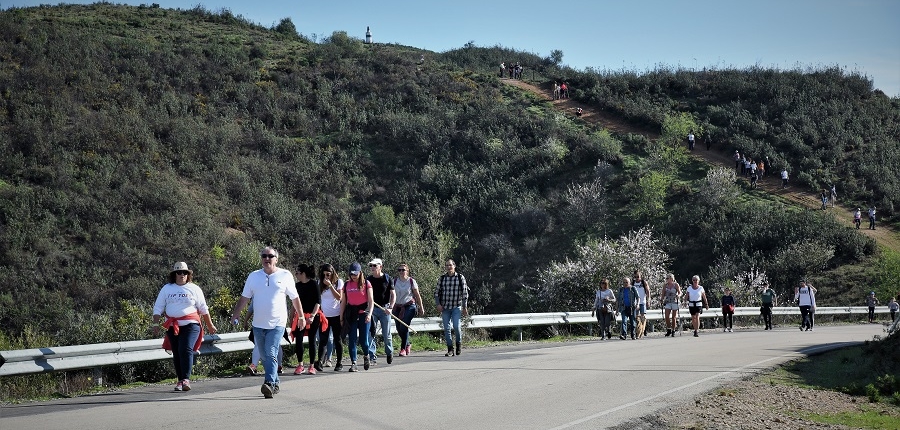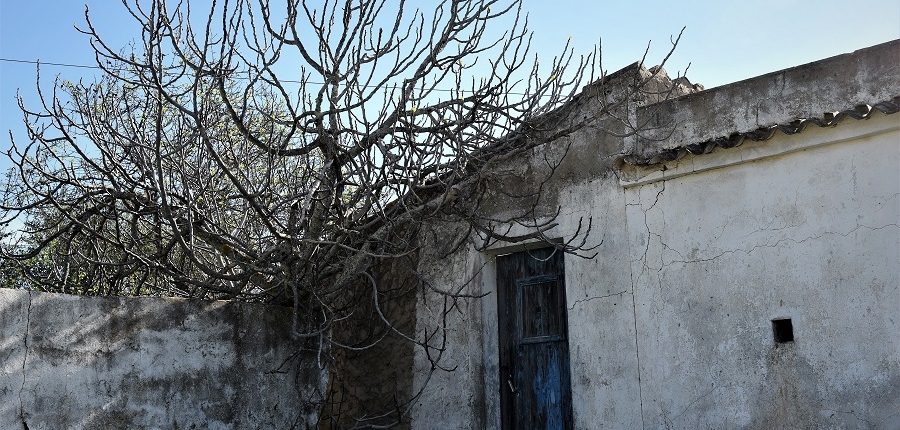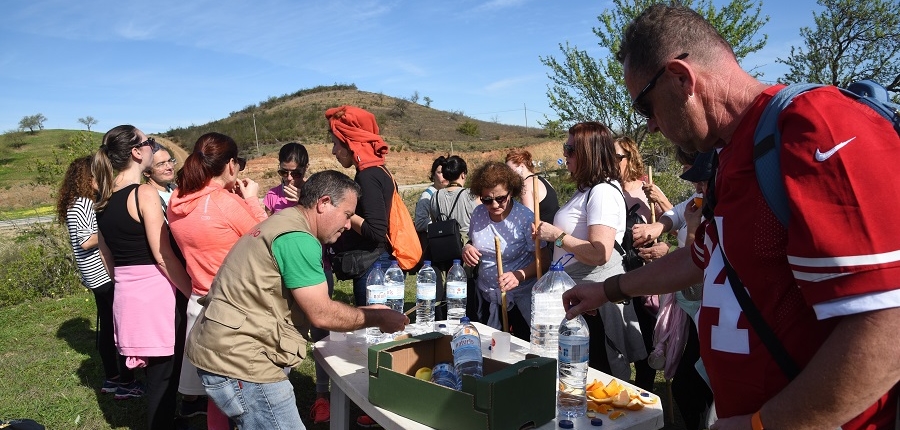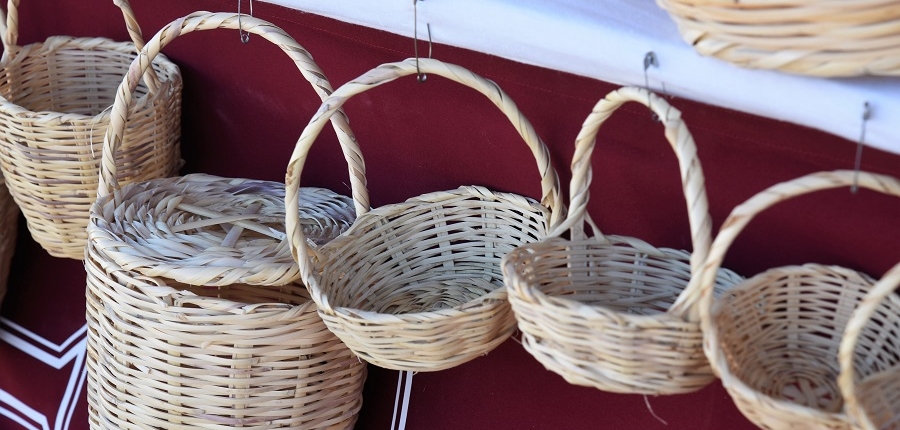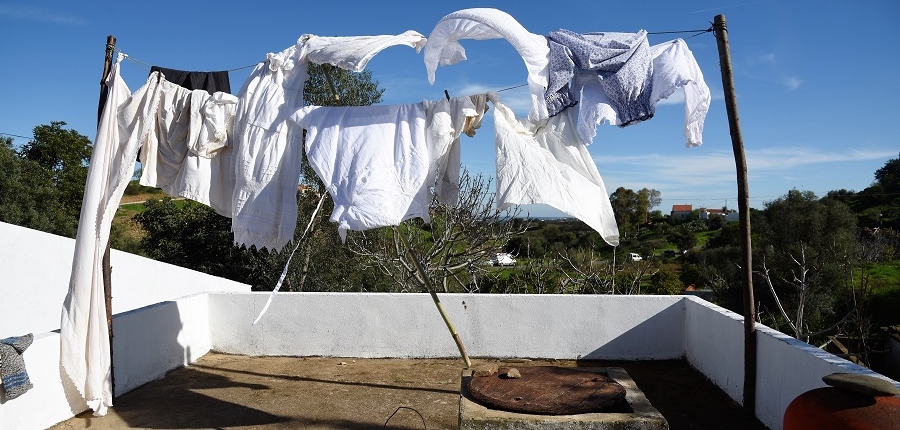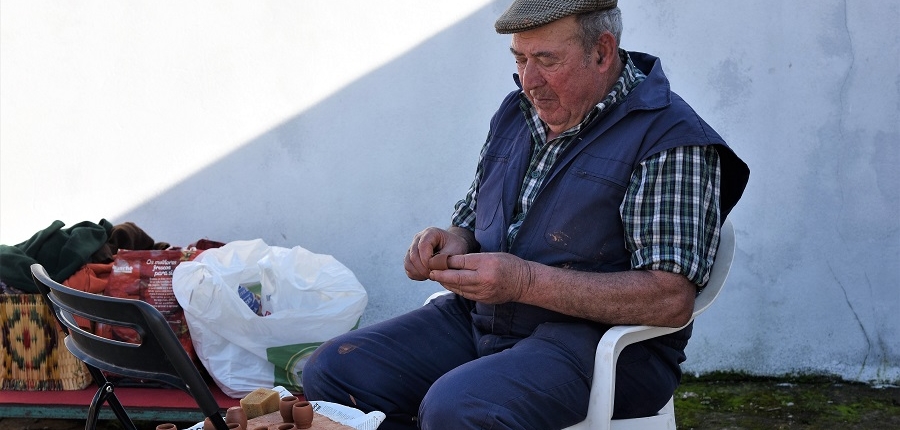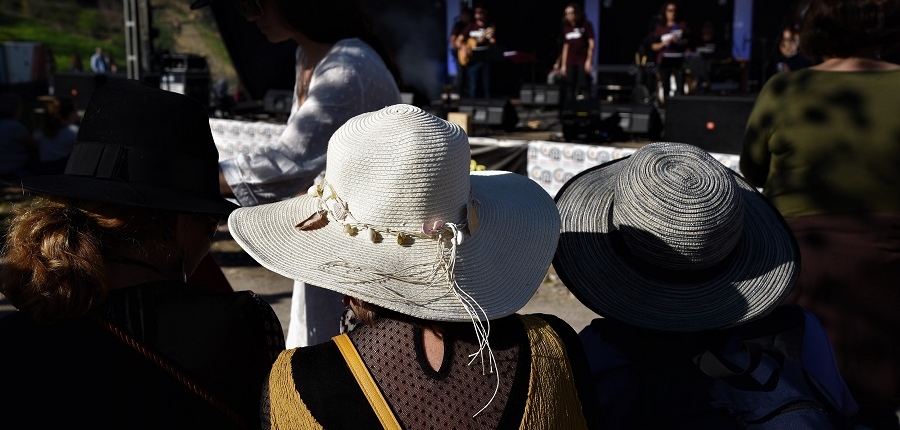Almond trees in flower: the Alta Mora road in the Algarve
Almond trees are one of the beauties of the Algarve.
Almond trees flower from mid-January to mid-February, more or less early depending on the year.
The white or pink almond blossoms sprinkle the trees with a silky powder, a feast for the eyes and for the bees, essential pollinators.
The almond tree was planted in the Algarve by the Arabs and Berbers when they occupied the Iberian Peninsula in the 8th century and until the 12th century. It was the Moors who gave the region its name: Al-Gharb, Algarbe Andalus, the West of the Andalusian Caliphate.
The rustic version of the almond tree has acclimatised very well. Although it needs care in its infancy – you have to make sure it doesn’t run out of water – the tree is then hardy and can produce for more than thirty years. The richness of the Algarve orchard lies in the fact that it is made up of many varieties – necessary for pollination – and produces a fruit that is rich in oil and sweet, much appreciated in pastries.
The Algarve is a paradise for almond desserts
Almond blossom walks.
Above Castro Marim, the village of Alta Mora has been organising ‘Almond Blossom Walks’ for several years now. In the hills of the hinterland, there are a number of paths leading through the fruit trees that give the countryside such a lovely springtime feel.
There are several levels of difficulty. There’s the 25km ‘grande traversée’, for good walkers, followed by three loop walks of 5, 8 or 12km. You choose the option along the way. Except for the 25km, which has a single itinerary.
The walks take place in the morning on both days of the festival.
On arrival, whatever the length of the walk, participants can have lunch together in the school playground to extend the conviviality. A fee must be paid at the time of registration. The meal is not compulsory. But the roasting pig on the edge of the village tickles the taste buds. And the walk will whet your appetite…
Country ambience
Since 2020, Alta Mora and its almond blossom route have been part of the 365 Algarve Festival (see article on this event). And it has decided to expand its offering.
The small local development association responsible for organising the walks has decided to join forces with 365 Algarve, seeing it as a good way of raising awareness of the local heritage and gastronomy.
A mini craft market has now been set up on the village’s main road. Craftsmen and shopkeepers offer liqueurs, cakes, wicker baskets, pottery, etc.
Theatre and dance performances, musicians and singers provide entertainment throughout the two-day festival.
Delicious almond tart
A 40-metre long almond tart attracted a great deal of interest.
Made by two women, the tarts were assembled and decorated by students from the Vila Real de Santo Antonio hotel school.
A roll of crushed almonds mixed with sugar syrup and topped with egg cream, sprinkled with crushed fruit… The delicacy was a big hit. And it was repeated several times!
The Festival of Almond Trees in Bloom is a happy, friendly, open and good-natured event.
For the villagers, of whom there are only 70 with the surrounding hamlets, it’s also a way of promoting their traditions. The almond tree has been part of the landscape and agricultural life for centuries.
New planting projects are under consideration, as the Algarve’s almonds have an excellent reputation for being very sweet.
Do you know where the bitterness that can be found in some almonds comes from? From the cyanide – a derivative – that the fruit naturally contains. The local saying is that it takes 20,000 almonds to kill a dog…. It would die of choking or nausea long before that.
The beautiful legend of the Algarve almond trees.
Once upon a time, in the region of Chelb – now Silves – the proud and courageous young Ibn Almundim reigned.
One day, on a battlefield, he spotted Gilda, a blonde, blue-eyed princess from the north. She was a prisoner of his soldiers. Ibn-Almudin fell in love on the spot, had the young girl freed and married her.
At first, everything went well for the young couple. But little by little, young Gilda began to decline. She was overcome by melancholy and was slowly dying. Mad with grief, the young Arab prince sent for a wise man.
After a short examination, the sage delivered his verdict: ‘My prince, have some almond trees planted. In spring, the flowers that fall will evoke the snow that the princess of the north so sorely misses’.
And so it was done. The sight of the pretty flowers brought a smile back to Gilda’s face.
They lived happily ever after…
They left us a beautiful legend and almond trees.
www.lisbonne-affinités.com would like to thank ARCDAA (associação des amis de Alta Mora) https://www.arcdaa.com/ , Castro Marim Town Council https://cm-castromarim.pt/site/

